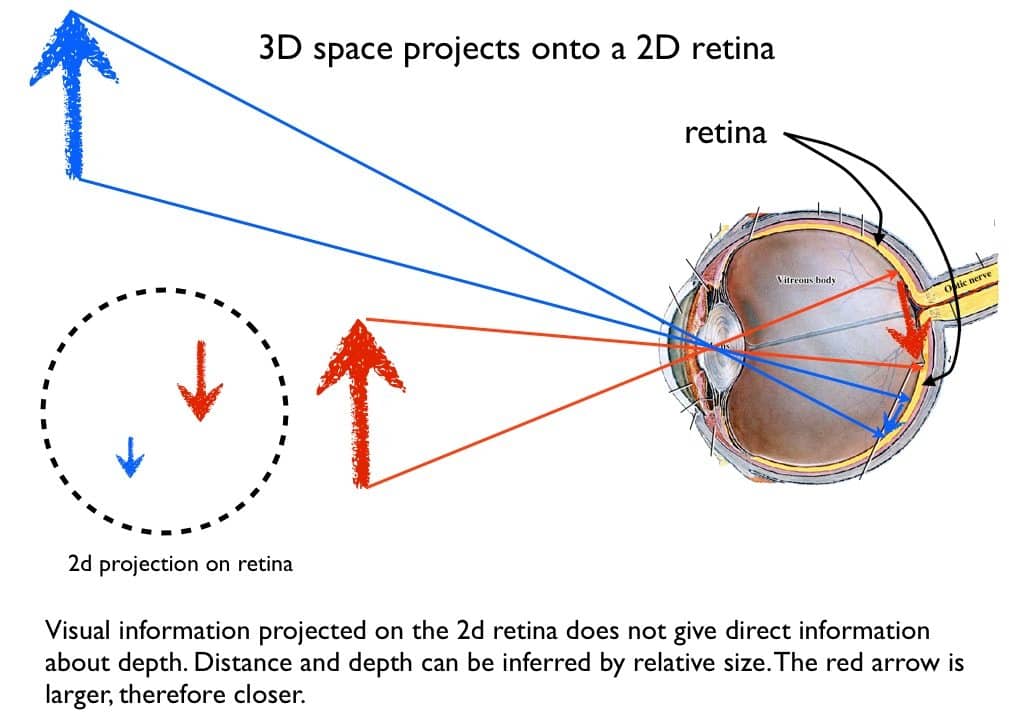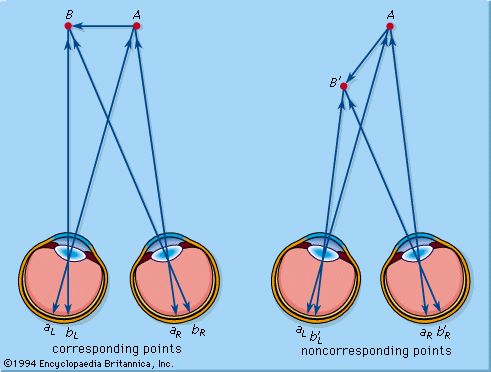Keratoconus and Depth Perception While Driving: A Personal Journey
As someone who’s lived with keratoconus for over three decades, I’ve experienced firsthand how this condition affects everyday life, including keratoconus and depth perception while driving.
One of the most significant impacts I’ve noticed is on depth perception. Does keratoconus affect depth perception? Absolutely, and it can make driving a whole new ball game.
My Early Struggles with Depth Perception
When I was first diagnosed with keratoconus at 18, I didn’t fully understand how it would impact my driving. As my condition progressed rapidly, I began to notice changes in how I perceived distances on the road.
The Parking Lot Puzzle
I remember one particular incident in a crowded parking lot. What should have been a simple task of parallel parking turned into a nerve-wracking experience.
I couldn’t accurately judge the distance between my car and the others. What looked like enough space would turn out to be too tight, or I’d leave a gap big enough for another vehicle!
Why Depth Perception Matters Behind the Wheel

Depth perception is crucial for safe driving. It helps us:
- Judge distances between vehicles.
- Navigate turns and intersections.
- Park accurately.
- Merge into traffic safely.
For those of us with keratoconus, the irregular shape of our corneas distorts how light enters the eye.
This can lead to multiple focal points, confusing our brain’s ability to judge distances accurately.
Reduced Binocular Function

As my keratoconus progressed, I noticed it became harder to achieve clear vision in both eyes. This affected my stereopsis – the brain’s ability to merge images from both eyes to create depth perception.
Merging into traffic became a heart-pounding experience, as I struggled to judge the speed and distance of oncoming vehicles.
Visual Distortions
The visual distortions caused by keratoconus made road signs and traffic signals appear blurry or have ‘ghost’ images. This not only affected my depth perception but also my overall confidence on the road.
My Strategies for Safer Driving with Keratoconus
Over the years, I’ve developed several strategies to manage my depth perception issues while driving:
Use Mirrors Frequently
I’ve learned to rely heavily on my mirrors, checking them often to stay aware of my surroundings. This helps compensate for my poor depth perception by increasing my overall road awareness.
Slow Down at Intersections and Turns
I always reduce my speed when approaching intersections or making turns. This gives me more time to gauge distances and make better decisions.
Leverage Reference Points
Using lane markings, parked cars, or other stationary objects as reference points has been a game-changer for me, especially when parking or merging into traffic.
The Game-Changer: Scleral Lenses
In 2017, I discovered scleral lenses, and they transformed my driving experience. These lenses provided unparalleled clarity and comfort, significantly improving my depth perception.
Suddenly, I could see the road in high definition, making driving safer and less stressful.
Advanced Driving Aids: A Welcome Support
Modern vehicle technologies have been a blessing for drivers like me with keratoconus-related depth perception issues:
- Distance-sensing features alert me when I’m too close to another vehicle or object.
- Backup cameras have made parking a breeze, compensating for my depth perception struggles.
- Blind-spot detection systems help me change lanes safely, even with my peripheral vision limitations.
Knowing When to Seek Help
It’s crucial to recognize when depth perception issues make driving unsafe. If you find yourself frequently misjudging distances or having close calls with other vehicles, it might be time to consult an eye specialist.
They can help determine if adjustments to your lenses or other corrective measures are needed.
Key Takeaways
- Keratoconus significantly impacts depth perception, making driving more complex.
- Strategies like using mirrors, slowing down, and relying on reference points can help manage depth perception issues.
- Advanced driving aids can greatly improve safety for drivers with keratoconus.
- Regular check-ups with eye specialists are essential for maintaining safe driving practices.
To Summarize
Living with keratoconus has taught me that while depth perception challenges can make driving difficult, they’re not insurmountable.
By using adaptive strategies, leveraging modern vehicle technologies, and maintaining regular eye care, we can navigate the roads safely.
Remember, your journey with keratoconus is unique, and it’s okay to seek help when you need it. Stay safe out there!